
Korzkiew
Elaboration author
Artur Karpacz
Monuments
Parishes
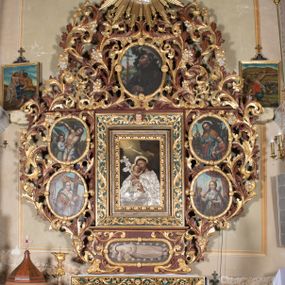
St. Joseph's side altar
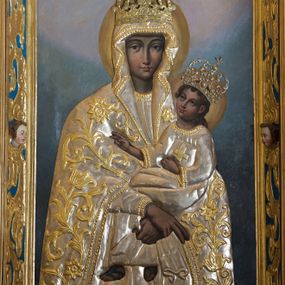
Our Lady of the Snows (painting)
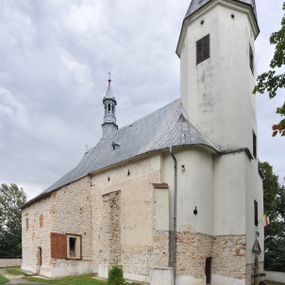
Church of the Nativity of St. John the Baptist in Korzkiew
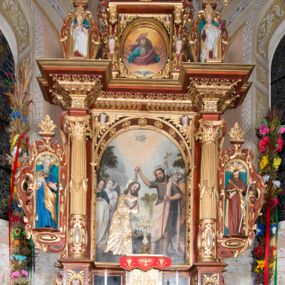
High altar
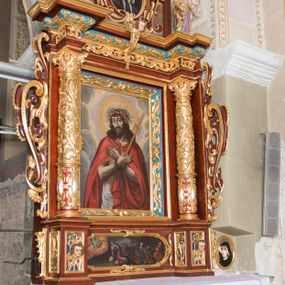
Ecce Homo side altar
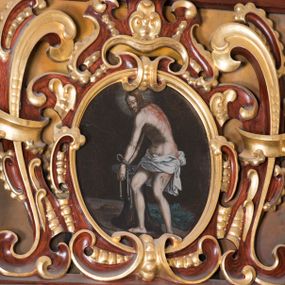
Flagellation of Christ (painting)
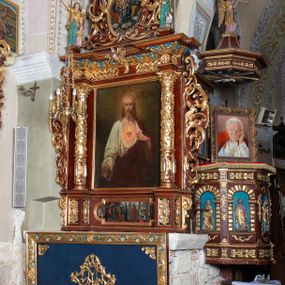
Side altar of the Most Sacred Heart of Jesus
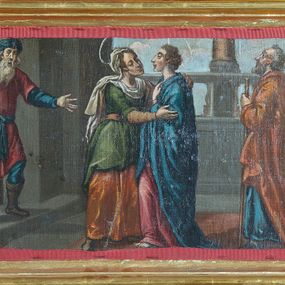
Predella painting – Visitation of the Blessed Virgin Mary
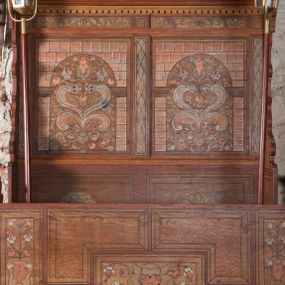
Choir-stall
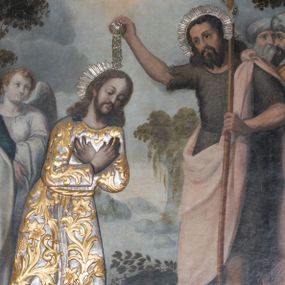
Baptism of Jesus (painting)
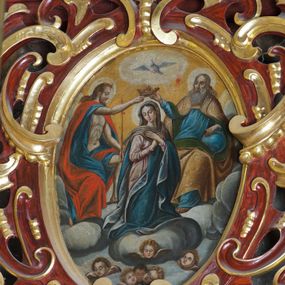
Coronation of the Blessed Virgin Mary (painting)
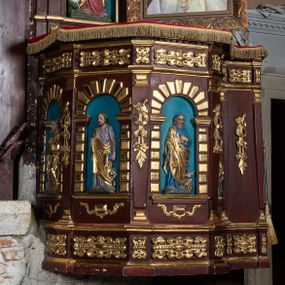
Pulpit
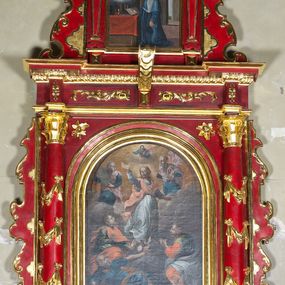
Side altar of the Transfiguration
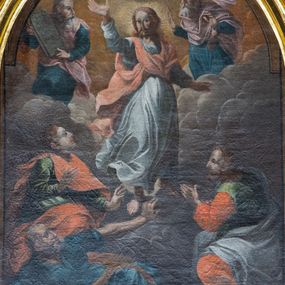
Transfiguration of Jesus
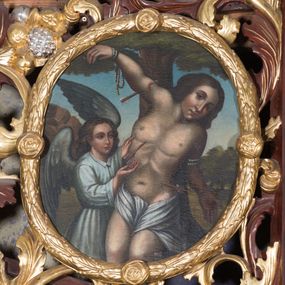
St. Sebastian
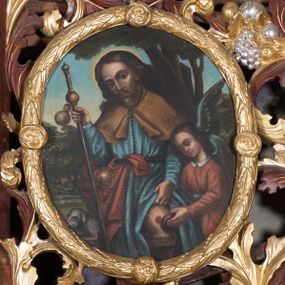
Saint Roch
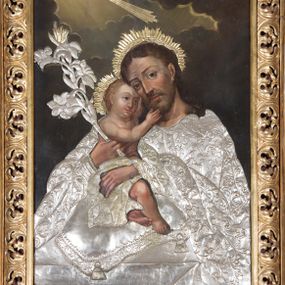
St. Joseph
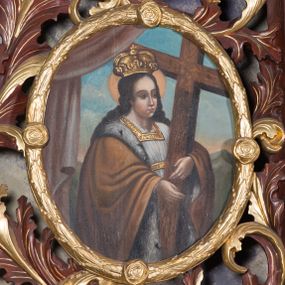
St. Helena
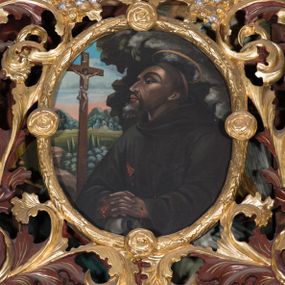
St. Francis
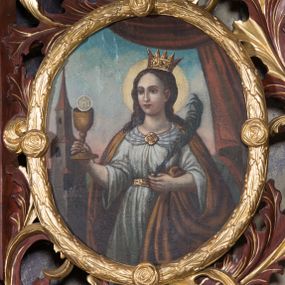
St. Barbara (painting)
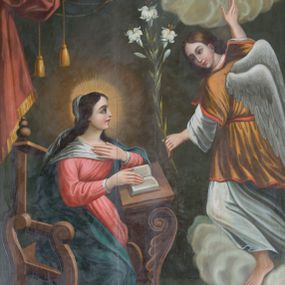
Annunciation (painting)
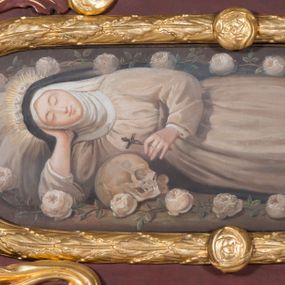
St. Rosalia
History abstract
The name of the town derives from the medieval word 'korzkiew', which means bucket or spoon. John of Syrokomla was the founder of the village in the mid-14th century. He bought it together with the surrounding settlements (Biały Kościół, Giebułtów, Grębynice), erected a residential and defensive tower and laid the foundations for the future Korzkiew demesne.. In the following centuries, the town often changed its owners, temporarily belonging even to Cracow's bourgeoisie - the Krupka and the Jaskier families. The Zborowski family made a shameful mark on the history of the village, and after conversion to Calvinism, led the church and parish to ruin. The legacy of the Syrokomla family was looked after by successive heirs of Korzkiew, the Ługowski family, who rebuilt the castle into a Renaissance residence at the end of the 16th century and founded a new brick church in the 1620s. Numerous farm buildings operated in the village at that time, including an inn, a mill, a fulling mill, a paper mill and a brewery. A hundred years later, the then owners of the estate, the Jordan family from Zakliczyn, changed the castle's decor to a Baroque one. At the turn of the 19th century, the heir Teodor Wessl went bankrupt and was forced to dispose of the Korzkiew demesne. The Wodzicki family took advantage of this by purchasing the estate, erecting a manor house and establishing an English style park. After the partitions of Poland, the village became part of the Austrian Empire for some time, and then it became part of the Kingdom of Poland, joined by a personal union with Russia after 1815. The condition of the castle deteriorated and was no longer habitable, therefore it was turned into a granary. Korzkiew was slowly depopulating - to such an extent that it was inhabited by only 150 people in 1883. The beginning of the 20th century brought the first scientific interest in the destroyed fortress. Gradually, archaeological and conservation works were carried out to rebuild the residence in the future. After World War II, the estate was taken over by the state treasury, the manor house was dismantled and the park was destroyed. With time, local enthusiasts, Polish Tourist and Sightseeing Society and the Provincial Conservator of Monuments became interested in the building. It was decided that the fortress would undergo reconstruction, and it would serve as a tourist and holiday resort with a museum, hotel and restaurant inside. These plans were only accomplished by the present owner, Eng. Jerzy Donimierski, one of the descendants of the Wodzicki family, the former owners of Korzkiew estate.
How to cite?
Artur Karpacz, "Korzkiew", [in:] "The Sacred Lesser Poland Heritage", 2026, source: https://sdm.upjp2.edu.pl/en/places/korzkiew-1